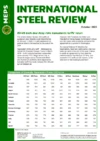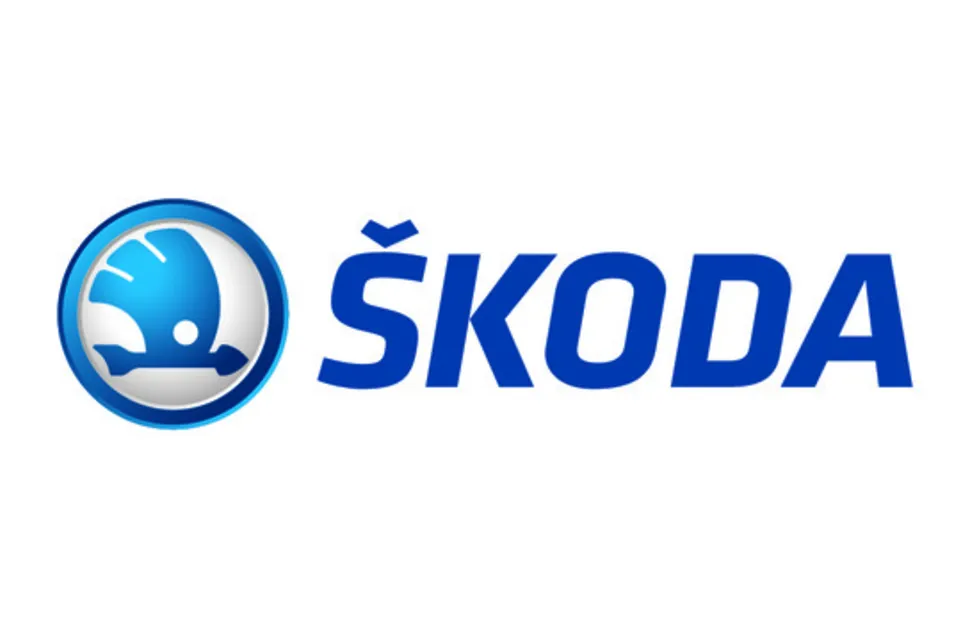China’s steel supply pressure persists despite production dip
Global crude steel production declined by 2.1% in the first 10 months of 2025, but the downward price pressure exerted by overcapacity persisted as Chinese exports continued to rise.
The latest data from worldsteel shows that production among steelmakers in the 70 countries monitored by the association was 1.52 billion tonnes. The modest decline will do little to mitigate the effects of steelmaking overcapacity. In its Steel Outlook 2025 report, the OECD said that excess capacity is projected to rise to 721m tonnes by 2027 as production continues to outweigh global demand. This would exceed the combined steel production of OECD countries by around 290 million tonnes.
- This article was first published in the November edition of MEPS's International Steel Review. The monthly report provides subscribers with steel prices, indices, market commentary and forecasts from key global steel markets in North America, Europe and Asia. Contact MEPS for details of how to subscribe.
The output of the world’s largest steel-producing nation, China, declined by 12% year-on-year in October, reaching to 72m tonnes – its lowest monthly output since December 2023. This performance left production volumes down by 3.9% year-to-date, at 817.9m tonnes, representing 53.9% of global production.
No reduction in China’s downward price pressure
Despite this further decrease, on a full-year 2024 production total that was down 1.7% year-on-year to its lowest level for five years, China’s production decline will do little to ease the downward pressure on prices exerted by low-cost Chinese-origin material.
Chinese steel exports, which reached a record high of 110.7m tonnes last year – a 22.7% increase on 2023 – rose by a further 6.6% year-on-year in the January to October period, reaching to 97.7m tonnes. Despite this increase, reduced sales prices meant that export revenues fell by 2.7% year-on-year, during the 10-month period, to USD68bn.
China’s exports continue to rise in a period of reduced domestic demand, maintaining the pressure on global steel markets. While the country’s automotive sector demonstrates robust growth, a slow construction sector is stalling consumption. Analysis conducted by worldsteel estimates that Chinese steel consumption declined by 2.0% in 2025. Its forecast indicates a further 1.0% decline in 2026 as the housing market bottoms out.
Targeting a sustainable steel industry
India recorded the largest rise in crude steel production by volume in the first 10 months of this year, up 10% year-to-date at 136.0m tonnes. However, demand in that country is expected to grow by 9% in 2026, following an identical rate of growth this year. Data from worldsteel suggests that, in 2026, India’s steel requirements will be 75m tonnes greater than in 2020, when its domestic steel industry produced 100.3m tonnes of crude steel.
The Chinese government continues to reveal plans to boost the sustainability of its steel industry by further reducing production capacity. This process aims to lower emissions and improve profit margins. A new 2025-2026 Steel Industry Growth Stability Work Plan targets 4% annual growth in added value in 2025-26. However, no volume target has been set for productions cuts.
China’s national greenhouse gas emissions trading system will soon be extended from energy producers into the country’s steel sector, prioritising the need for greener production methods. Helping to drive this shift, China’s Ministry of Industry and Information Technology has released a draft revision of its steel capacity replacement rules. Under the plan, provinces must ensure that 1.5 tonnes of capacity is decommissioned for every tonne of new steelmaking capability. The draft also strongly promotes EAF, scrap-based, and hydrogen-based steelmaking. EAF route production currently makes up around 10% of Chinese steel production.
China’s steel industry reforms could help it maintain the appeal of its exports among steel buyers as emissions-based trade restrictions increase, led by the EU CBAM. However, as tariff- and duty-based trade defence measures increase in Europe, the United States and Asia alike, its steel shipments are likely to be diverted to a shrinking number of export destinations.

Source:
International Steel Review
The MEPS International Steel Review is an essential monthly publication, offering professional analysis and insight into carbon steel prices around the world.
Go to productRequest a free publication





